The Extrusion Process
Extrusion is the process of shaping a material by forcing it to flow through a fixed cross-sectional profile called a die. In this process, a material, such as aluminum, is pushed or drawn through a die to create the desired cross-section. A benefit to extrusion over other manufacturing processes is that it can create complex cross-sections. The extrusion process also creates finished parts that have an excellent surface finish.
Aluminum is the most commonly extruded material. Aluminum is also most commonly extruded using the cold method, meaning that the process is completed at or near room temperature. This process is more beneficial than hot methods (which can reach temperatures of 650-900 degrees Fahrenheit) due to its lack of oxidation, higher strength, closer tolerances, and fast extrusion speed.
Hollow cavities are produced within extruded aluminum to allow bars to be joined with special connectors. However, these hollow cavities cannot be produced using a basic flat extrusion die because the center barrier of the die would not be supported. Instead, the die forms the shape of a block with depth so that it can support the center section. The die then changes its shape internally into the final shape, with the back of the die supporting the suspended center pieces.
Extruded materials are commonly used for tracks, frames, rails, mullions, and heat sinks. However, the professionals at Perfection Architectural Systems utilize extruded aluminum to create walkway covers, suspended canopies, flat canopies, awnings, pitched roofs, sunshades, solar framing, pavilions, trellises, and carports. If you are looking to enhance your commercial property with an extruded aluminum solution, please call our aluminum experts today at 1(800)238-7207.

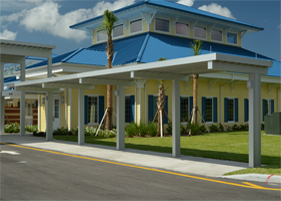
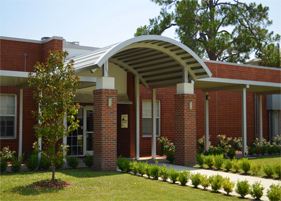
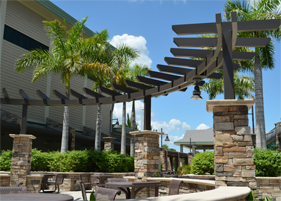
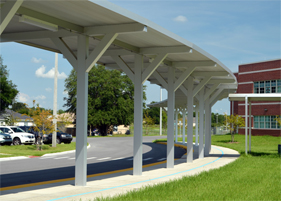
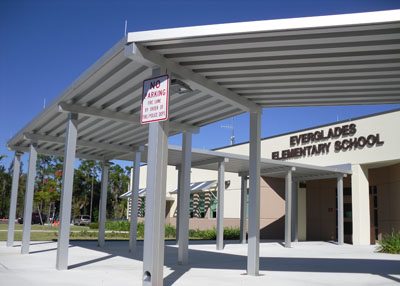


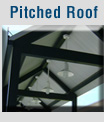

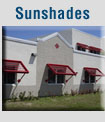

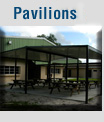
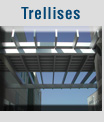
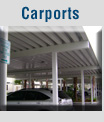
Comments are closed.